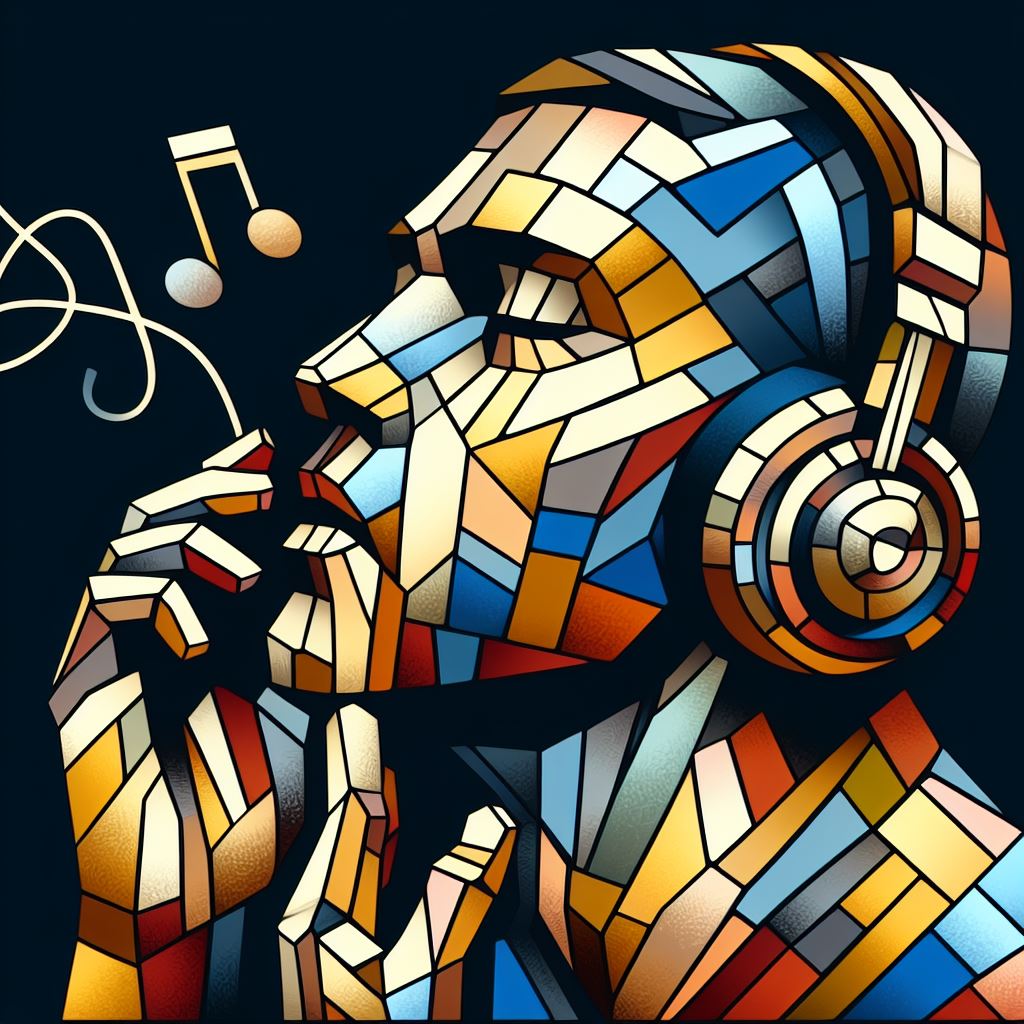Have you ever stood before a painting, mesmerized by its colors and brushstrokes, feeling a shiver run down your spine? Or listened to a symphony, tears welling up in your eyes as the music washes over you? What is it about art that evokes such powerful emotions, such a deep sense of beauty?
The answer, my friends, lies within the intricate folds of our brains. A relatively new field called neuroaesthetics is investigating the very question: why do we find certain things beautiful?
Turns out, appreciating art isn’t just a passive experience. It’s a symphony of neurons firing, a ballet of brain regions collaborating. It’s like your brain is throwing a grand party when you encounter something it deems beautiful.
Let’s break down this cerebral soiree into three key areas:
1. The Sensory Feast:
It all starts with our senses. Whether it’s the vibrant colors of a painting, the intricate melody of a song, or the evocative words of a poem, art first engages our sensory cortex. This area of the brain processes the raw data from our eyes, ears, and nose, giving us the basic building blocks of the aesthetic experience.
2. The Emotion Rollercoaster:
But beauty isn’t just about sensory input. It’s about how it makes us feel. When we encounter something we find beautiful, our reward system, located deep within the brain, gets activated. Dopamine, the feel-good neurotransmitter, starts flowing, giving us a rush of pleasure and satisfaction.
This emotional response can be incredibly diverse. A serene landscape might evoke feelings of peace and tranquility, while a powerful sculpture might trigger awe and excitement. The key is that art taps into our core emotions, creating a unique and personal experience.
3. The Meaning Maker:
Finally, there’s the meaning-making part. Our brains don’t just passively receive sensory information and emotional cues. They actively try to make sense of it all. This is where areas like the prefrontal cortex and the hippocampus come into play. They analyze the artwork, drawing on our past experiences, knowledge, and cultural context to interpret its meaning and significance.
For example, looking at a painting of a war scene might activate memories of personal experiences or historical knowledge, adding another layer of emotional complexity to the aesthetic experience.
So, the next time you stand before a breathtaking piece of art, remember this: it’s not just your eyes taking in the sights. It’s your entire brain, firing on all cylinders, creating a unique and personal experience of beauty. It’s a testament to the incredible complexity and wonder of the human mind.
And who knows, maybe by understanding the neuroscience of art appreciation, we can not only appreciate art more deeply, but also create art that resonates even more powerfully with the human soul.
In short, art is a window into the human brain, a mirror reflecting our emotions and a canvas for our imaginations. So, go forth and explore the world of art, let your brain dance with the beauty it holds, and see where it takes you.
Remember, even the simplest doodle can spark a symphony of neurons in your brain!
#curiousminds
